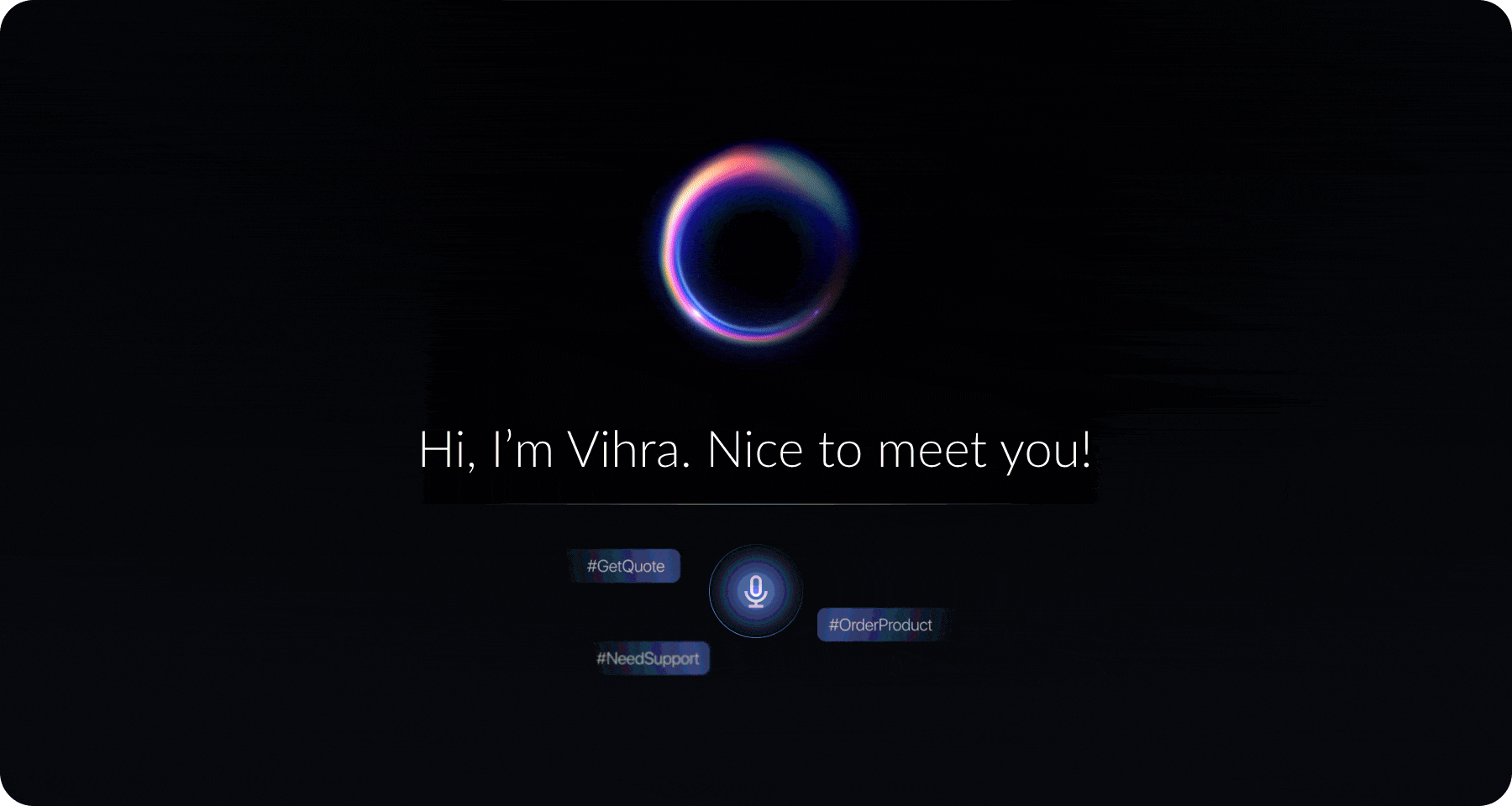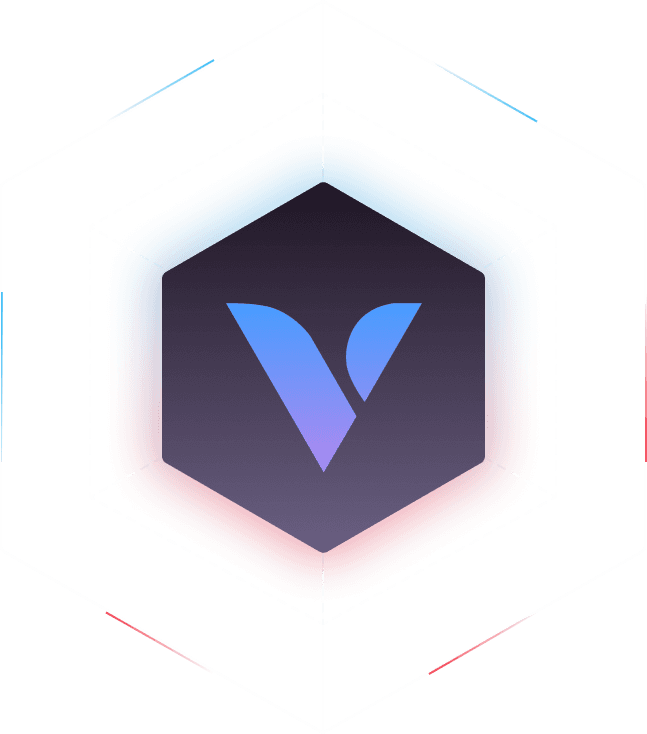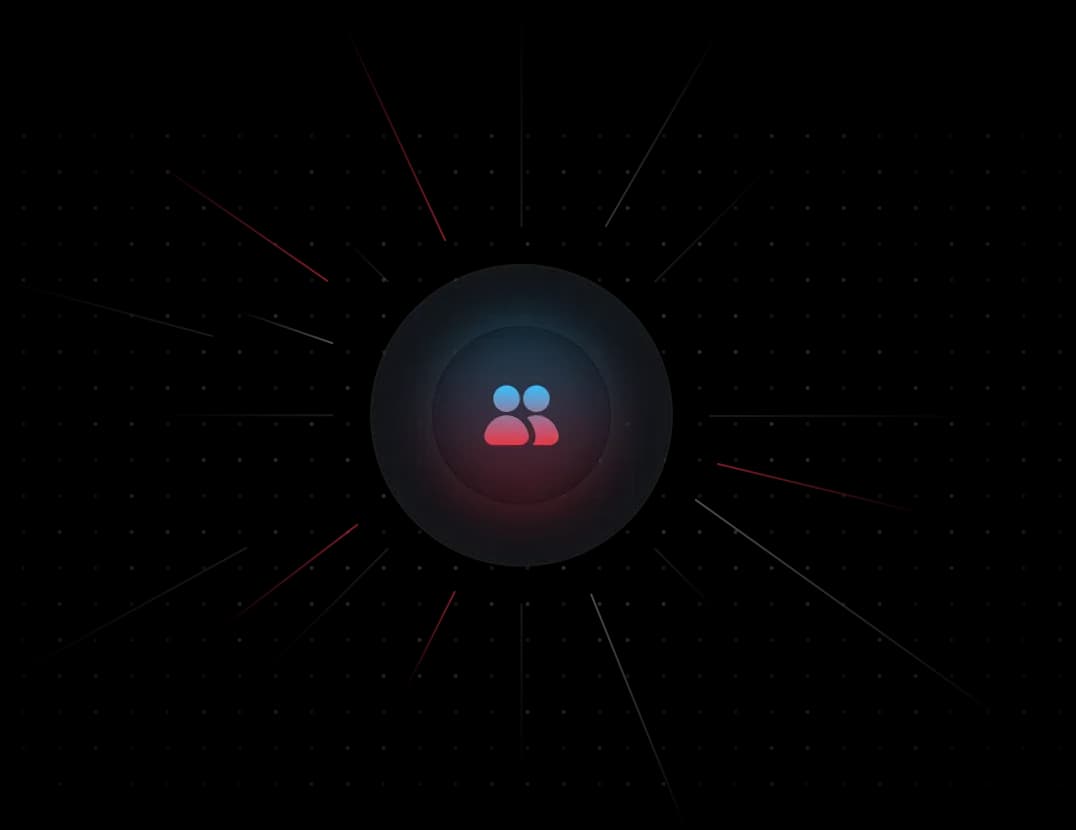Pioneer Voice AI Agents
for Your Business
Vihra AI is an all-in-one solution for humanlike, intelligent, and effective voice agents.
Book a demo
Humanlike Voice Agent for
24/7/365 service
We help your company adopt a Voice AI Agent in minutes and automate customer acquisition and retention processes.

Create faster and better optimized processes
Discover how our solution increases client acquisition and retention rates.
Learn More
Simplified process automation
Work with Vihra's solutions engineers to guardrail your agents, so they'll stay accurate at scale.
Analytics and reporting
View every call recording and transcript. Analyze how decisions were made, and test new strategies against old calls.
Enhanced decision making
Easily follow up with complex tasks and make informed decisions based on data
Simple, pay-per-
minute pricing.
Discounts available at scale.
Basic
Includes
- 300 minutes / month
- 30+ voices
- Email post-call workflows
- Call Analytics and Best-selling Products Analysis
- Multilanguage communication and detection
- Outbound calling campaigns (personalized offer)
- Custom business logic
PAY-AS-YOU-GO
- 0.48 EUR / minute above monthly allowance
integrations
- Initial agent configuration - 800 EUR / one time fee
- ERP/CRM integration (optional) - 800 EUR / one time fee
Professional
Includes
- 1000 minutes / month
- 30+ voices
- Email post-call workflows
- Call Analytics and Best-selling Products Analysis
- Multilanguage communication and detection
- Outbound calling campaigns (personalized offer)
- Custom business logic
PAY-AS-YOU-GO
- 0.46 EUR / minute above monthly allowance
integrations
- Initial agent configuration - 800 EUR / one time fee
- ERP/CRM integration (optional) - 800 EUR / one time fee
Enterprise
Includes
- 5000 minutes / month
- 30+ voices
- Email post-call workflows
- Call Analytics and Best-selling Products Analysis
- Multilanguage communication and detection
- Outbound calling campaigns (personalized offer)
- Custom business logic
PAY-AS-YOU-GO
- 0.46 EUR / minute above monthly allowance
integrations
- Initial agent configuration - 800 EUR / one time fee
- ERP/CRM integration (optional) - 800 EUR / one time fee
Frequently asked questions
Still have more questions? Don't hesitate to contact us!
Ready to optimize
your business
operations?
Sign up today and join the businesses that trust our solution to manage their business needs efficiently.